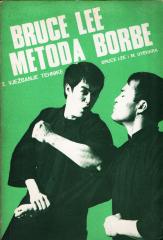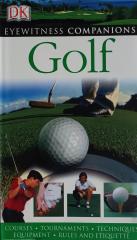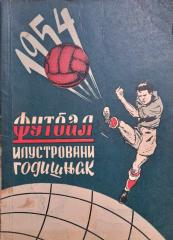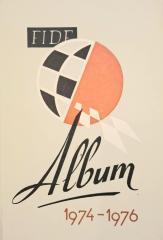
Metoda borbe: 3. Napredna tehnika
The third part of the "Bruce Lee's Fighting Method" series is the most demanding and most openly demonstrates the philosophy of Jeet Kune Do: discard everything superfluous and keep only what really works under real pressure.
Key content:
- Attack by Drawing (ABD): Intentionally opening a “hole” to lure the opponent into an attack, then immediately intercepting the interception. Lee gives 12 classic examples of opening lines and immediate counterattacks with a stop-kick, finger jab or straight lead.
- Progressive Indirect Attack (PIA): Instead of a direct kick, first a fake high kick and then an explosive low kick or vice versa. Exercises include “feint & blast” drills with a partner and on the bag.
- Hand Immobilization Attack (HIA): Grabbing or “gluing” the opponent’s hand (similar to chi sao) and simultaneously striking with the free hand/foot. The most famous combination is the “pak sao + straight blast”.
- Advanced Footwork: Detailed descriptions of “power step”, “burst step”, “in-place change” and “circling” for quickly closing or opening an angle of 45–90°. Lee emphasizes that the real advantage is not in strength but in “elusiveness.”
- Pressure training: “Pressure drills” - one attacks non-stop for 30–60 seconds, the other just survives and counters. “Blindfold sparring” and “multiple attacker drills” (2–3 against 1) to develop intuition.
- Parrying and countering with leg techniques: How to stop a roundhouse with a stop-kick, a shin-block against a low kick, and the “jam-the-kick” technique (entering the blind spot of an opponent’s kick).
- The most important lesson: “Technique stops being a technique when it becomes part of you.” Here, Lee openly criticizes classical styles that “tie” a fighter to fixed forms and demands complete freedom of expression: “Using no way as way, having no limitation as limitation.”
The last pages feature photos from Lee’s private training with Dan Inosanto and demonstrations of “terrible speed” in which he hits three different targets on three different partners with one movement.
The book ends with a line that has become legendary: "The best fighter is not a boxer, karate or judoka. The best fighter is the one who can adapt to anything."
One copy is available





